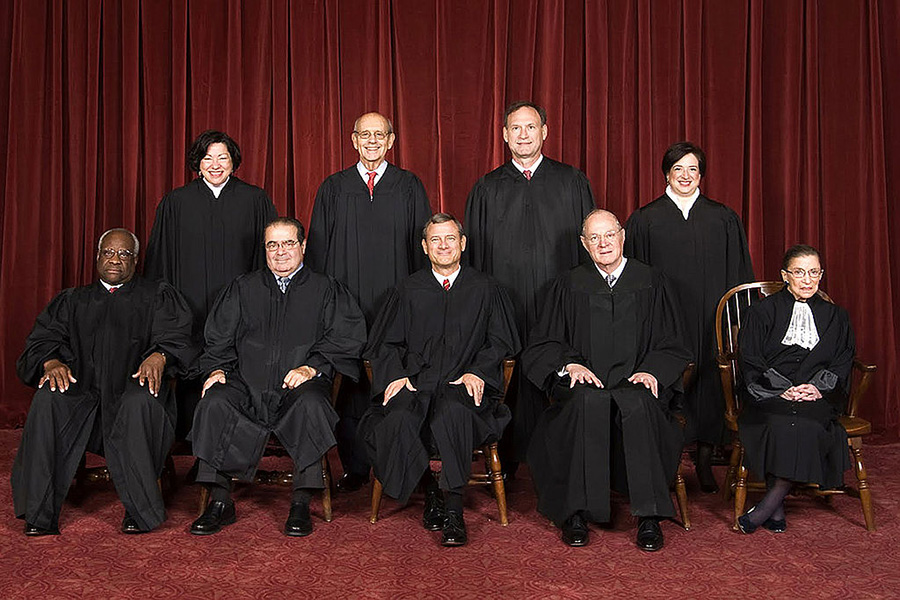Disclosure requirements are varied, complicated, and poorly enforced. That’s a problem, because where there is confusion, subversion and outright disregard for the law abounds. As campaign finance law has mutated and adapted to contemporary conditions, it fragmented, building the splintered disclosure apparatus we have today.
Following reforms in the late 1970s, political parties became especially dominant within the campaign finance process. So-called “soft money” allowed parties to spend as much as possible in the name of vague “party-building.” Parties were not required to disclose soft money donors, and, as the Washington Post points out, this allowed outside groups to rapidly increase spending on advertisements.
The McCain-Feingold reforms, which were lauded for regulating soft money, had the unexpected side-effect of empowering independent, non-party contributors. This led to a surge in outside campaign spending, which has very different disclosure requirements. Unlike presidential campaign committees, political action committees (PACs) and Super PACs have semi-annual disclosure rules in non-election years. Tax-exempt 527 organizations can file on a monthly, quarterly, or semiannual basis. These requirements are relatively infrequent, shading outside groups from public scrutiny. Since the share of outside spending has increased, overall campaign disclosure has decreased.
In place of contribution limits, “47 states necessitate some degree of independent expenditure reporting,” the National Conference of State Legislatures reports. These requirements vary on a state-by-state basis, and the Corporate Reform Coalition has ranked the states based on their post-Citizens United disclosure requirements. The wide range in regulations creates wildly different disclosure systems across the nation.
Part of the problem with the current disclosure framework is that the FEC has largely failed to enforce the laws already in place. As the Center for Public Integrity explains, in 2013, FEC “[a]nalysts charged with scouring disclosure reports to ensure candidates and political committees [were] complying with laws [had] a nearly quarter-million-page backlog.” However well-intentioned the FEC may be, the agency is fundamentally under-equipped to enforce current disclosure laws, and the forecast looks no better. As FEC Chair Ann M. Ravel told the New York Times, “The likelihood of the laws being enforced is slim” in the 2016 presidential election.
It is clear that the nation’s disclosure rules also require a broader overhaul toward uniformity, clarity, and enforceability. Next: the solutions are available. Here’s how we can reform campaign finance disclosure.



